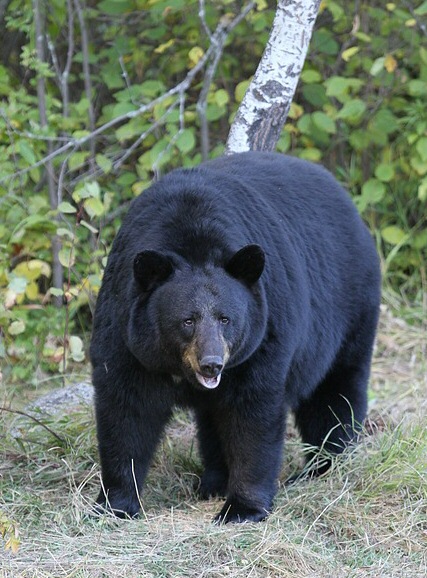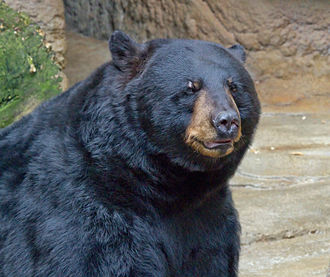Insider NJ Presents: A Comprehensive Look at the Bear Necessities
Bears, often seen as majestic creatures in the wild, have long fascinated humans with their strength, agility, and beauty. However, living in close proximity to these powerful animals can sometimes pose challenges and require us to understand their behavior and needs. In this article, we will take a comprehensive look at the bear necessities – the essential information you need to know about bears and how to coexist with them.
Bear Species and Habitat:
There are eight species of bears found across the world, including the American black bear, grizzly bear, polar bear, and panda bear. In the United States, the American black bear is the most common species, found in various habitats ranging from forests to mountains.
Understanding Bear Behavior:
To coexist peacefully with bears, it is crucial to understand their behavior. Bears are generally shy and prefer to avoid human contact. They are omnivorous, meaning they eat both plants and animals. While they primarily feed on vegetation such as berries, nuts, and grasses, they can also prey on small mammals or scavenge for food.
During the spring and summer months, bears actively search for food to build up their fat reserves for hibernation. This is when human-bear encounters are more likely to occur, as bears may be attracted to easily accessible food sources such as garbage cans, bird feeders, or improperly stored food.
Tips for Bear Safety:
To ensure your safety and prevent conflicts with bears, here are some important tips to keep in mind:
1. Secure Your Garbage: Bears have an incredible sense of smell and can be attracted to the scent of food from miles away. Use bear-proof containers or store your garbage in a secure location until collection day.
2. Remove Bird Feeders: Bird feeders can be a tempting food source for bears. If you live in an area with bears, it is best to remove bird feeders during the spring and summer months when bears are most active.
3. Properly Store Food: Whether you’re camping or living in bear country, it is crucial to store food properly. Use bear-resistant containers or hang food from a tree branch at least 10 feet off the ground and 4 feet away from the trunk.
4. Be Mindful of Outdoor Activities: If you enjoy hiking, biking, or camping in bear country, make noise to alert bears of your presence. Carry bear spray and know how to use it effectively. Keep a safe distance if you encounter a bear and never approach or feed them.
5. Educate Yourself: Stay informed about bear behavior and local regulations regarding bears. Many states have specific guidelines and regulations in place to minimize conflicts between humans and bears.
Conservation Efforts:
Bears play a vital role in maintaining healthy ecosystems. However, habitat loss, poaching, and climate change pose significant threats to their survival. Conservation organizations and government agencies are working together to protect bear populations and their habitats through initiatives such as habitat restoration, public education, and research.
Conclusion:
Living alongside bears requires understanding, respect, and responsible actions. By following the bear necessities outlined in this article, we can minimize conflicts and ensure the safety of both humans and bears. Remember, it is our responsibility to protect these magnificent creatures and preserve their natural habitats for future generations to enjoy.



